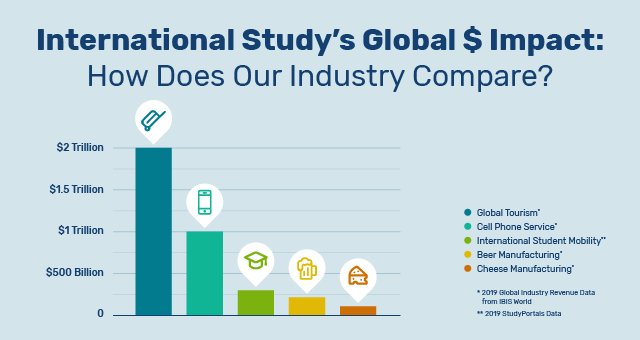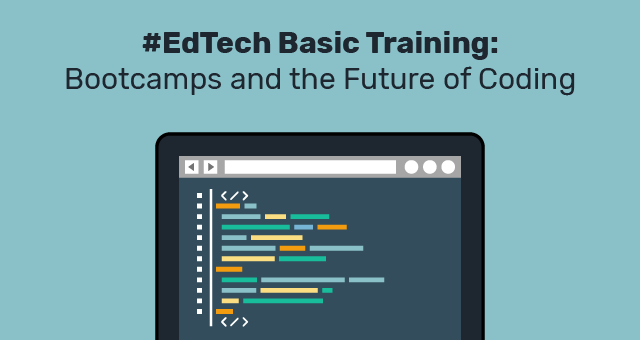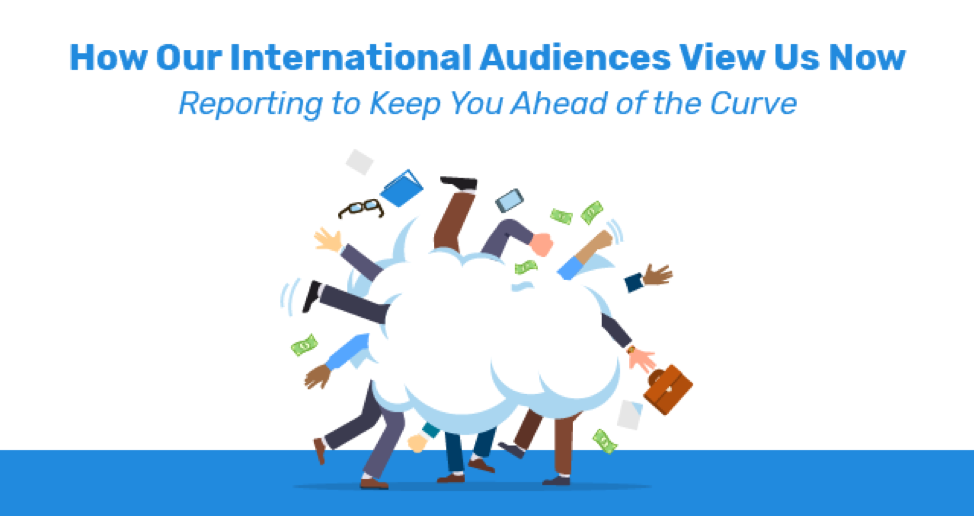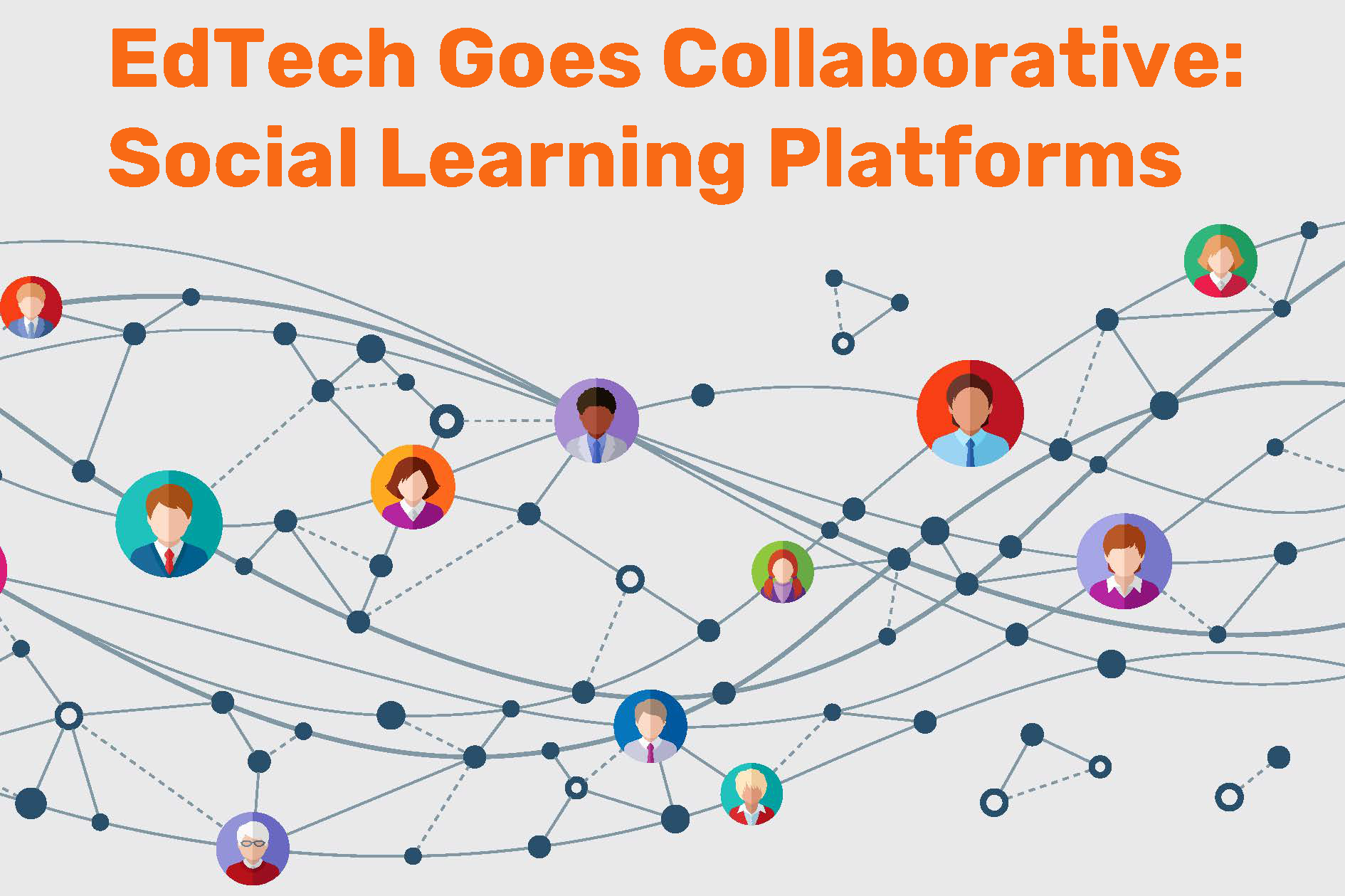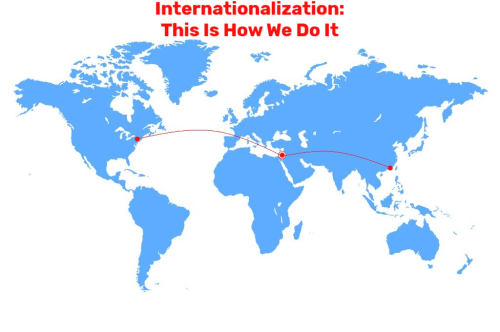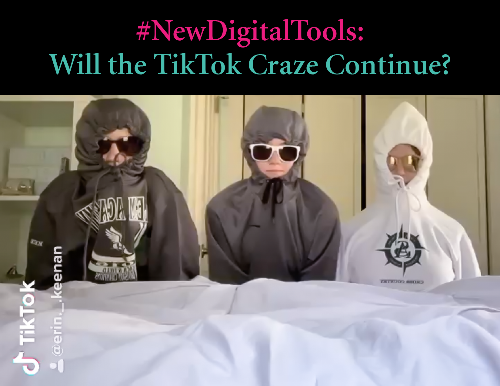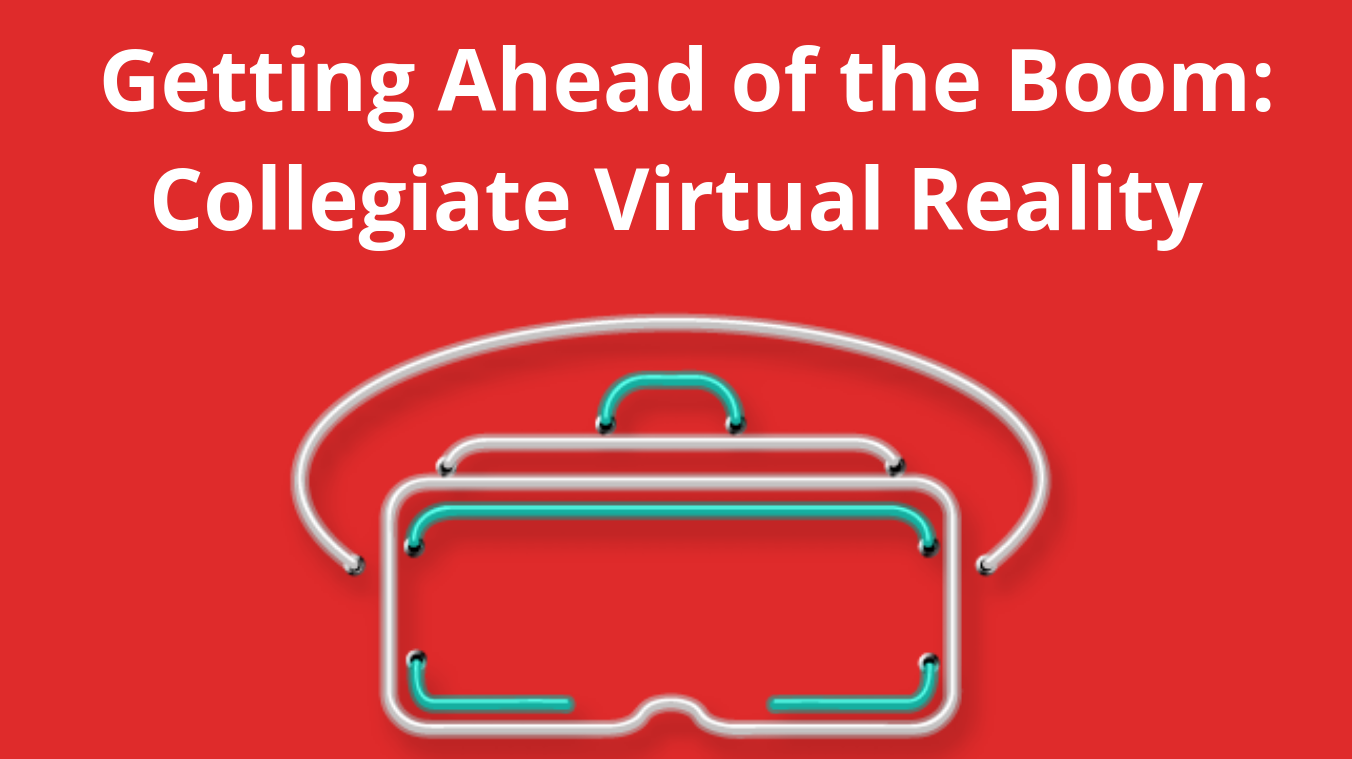This week we wrap up our three-part series on #FinTech, where we’re exploring how money for college can be found and moved faster, safer, and smarter, alleviating some of the headache for students, their families, and this time around, for university administrators. This is part of our focus on #EdTech and all the changes our industry is experiencing.
In our first piece, we talked about new student loan options, especially for students from underserved demographics, those looking for social equality, those who want unique repayment terms, and international students. Then last week, we jumped to alternative funding sources, such as micro funding, income share agreements, and new developments in scholarship FinTech.
Those areas of FinTech were all helpful to the students seeking ways to finance their educations and helpful for university administrators to understand as the financing tools and options you students can access change.
Today we are looking at what is new in the world of financial data and payment processing. Let's consider how your job might get a little easier.
And speaking of making your job a bit easier, we have 3 new Intead student recruiting research reports headed your way. Now is a great time to consider an Intead Plus Bookshelf subscription. Don’t miss these valuable reports to help you improve your institution’s recruitment game:
- Student Interactions on Peer-to-Peer Recruiting Platforms
- Student Interactions with Chatbots and other Artificial Intelligence Tools
- Student Recruiting in Emerging Markets: Africa and Latin America
Or you can learn from us with a personal meeting: we will be discussing our latest research and presenting our student recruitment insights at the upcoming TABS, ICEF and AIRC conferences. Email us to set up a meeting.
Read on for important insights into a set of really valuable questions you need to ask before embracing the latest FinTech tools…
Read More


